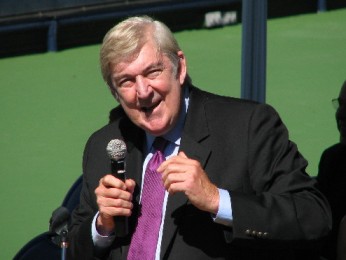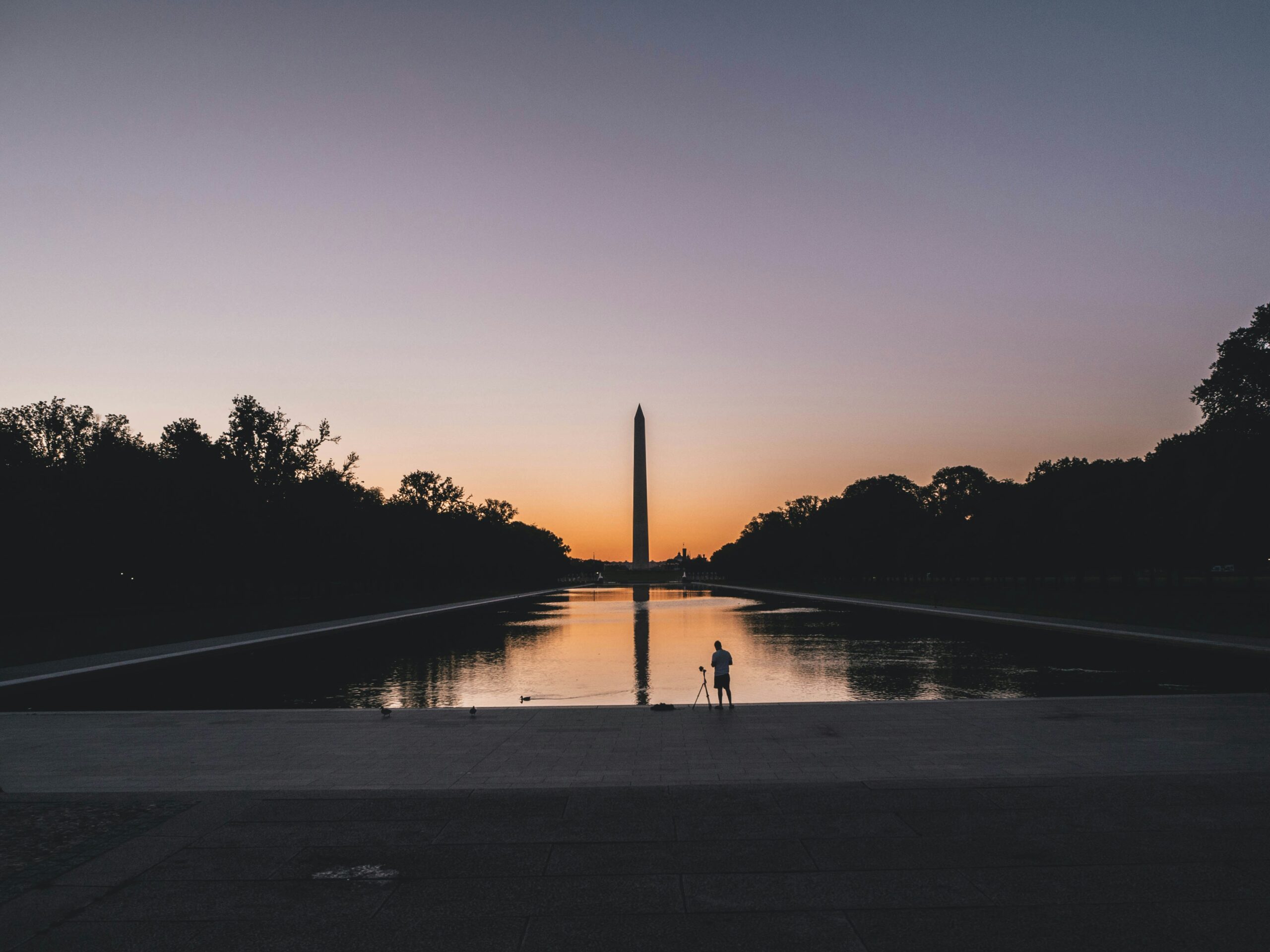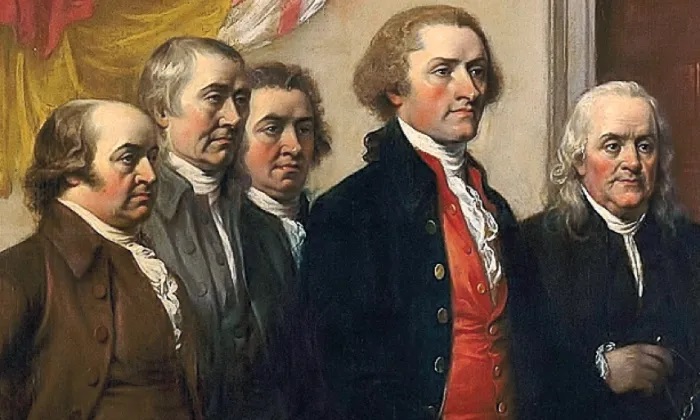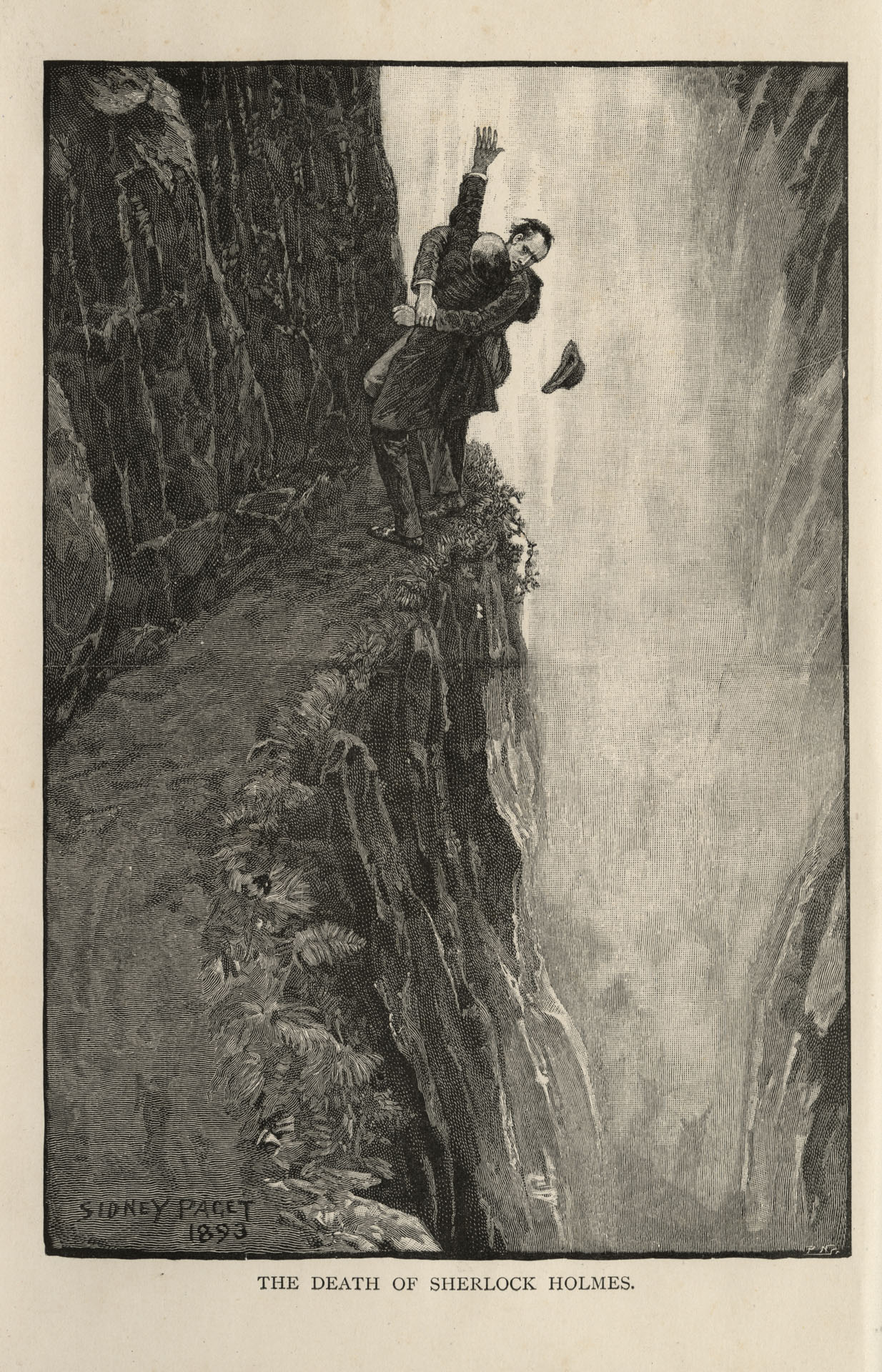As of September 26th of this year, Serena Williams was ranked number 14 in the world in women’s tennis. Unfortunately, her behavior of late would rank much higher.

“…Williams behavior at the U.S. Open this year and two years ago can only be described as utterly disgraceful,” wrote one reader to the New York Times.
“…Williams is a spoiled individual who resorts to threatening people who stand between her and what she wants,” wrote another reader.
Serena Williams is a first class athlete who clearly demonstrates a talent for tantrums as well as tennis. However, the very common reality for most people, particularly celebrities, is that we will usually be remembered more for our last worst act than anything else.
During my (very) short career as a ball boy (back in the day when tennis balls were white and rackets were wooden) I had encounters with several professional and amateur tennis players who were less than kind not only to umpires and linesman, but those whose job was to shuttle the ball quickly from one end of the court to the other back into the hands of the server.
The Australians topped my own list of gentlemen whom I dealt with on the court: Ken Rosewall, Lew Hoad and Rod Laver. While American Pancho Gonzalez would probably be considered more intense than angry, he could let fly with more than a few well-chosen words in the direction of an umpire.
However, first and foremost in the manners department for tennis stars was lesser known, but just as talented Barry MacKay. Online encyclopedia Wikipedia points outs that “He was seeded #1 at the French Championships in 1960, after winning the Italian Championships in early May, beating defending champion, Luis Ayala, in five sets. MacKay has twice won the Pacific Coast Championships, now the SAP Open, first in 1959, and again in 1960, when he won ten more tournaments, to earn the #1 ranking in the United States.”
But it was MacKay’s approach to any kid on and off the court that always impressed me. Respectful, friendly and always smiling, MacKay was never beyond offering to hit with a ball boy after a match or give one-on-one clinics wherever he played around the country. All this happened during a time when there was nothing remotely like the big money available to players today.
In a 2007 interview, MacKay summed up his career this way: “I won the NCAA Singles Title in Salt Lake City in June 1957. I missed my graduation at Michigan Stadium because of it, but I got my diploma later on. Then I played amateur tennis. In those days, there were two opportunities: the professional tennis tour and amateur tennis. There was no Open Tennis as we know it today. I played the amateur tennis circuit for three more summers and represented the United States on our Davis Cup team. I actually played my first Davis Cup match while I was still at Michigan in the summer of 1956. The United States won the Davis Cup in 1958 from Australia. I was ranked No. 1 in the United States in 1960, and then I turned professional in 1961.
“In those days, that meant you went on the Jack Kramer Professional Tennis Tour because it was the only professional tour. Matches were played in one city after another on a nightly basis across the country and around the world. It was a barnstorming type of tour. I signed a professional contract with Jack Kramer and played pro tennis from 1961 through 1963. In 1964, when I decided there no longer was a future for me in professional tennis, I migrated to California and started working for Jack on the International Professional Tennis Tour. I’ve been in California ever since.”
The one thing I’ll never forget, whether he won or he lost, MacKay always smiled to you as he left the court. Something a lot more of today’s players could use a lesson in.
Comments









